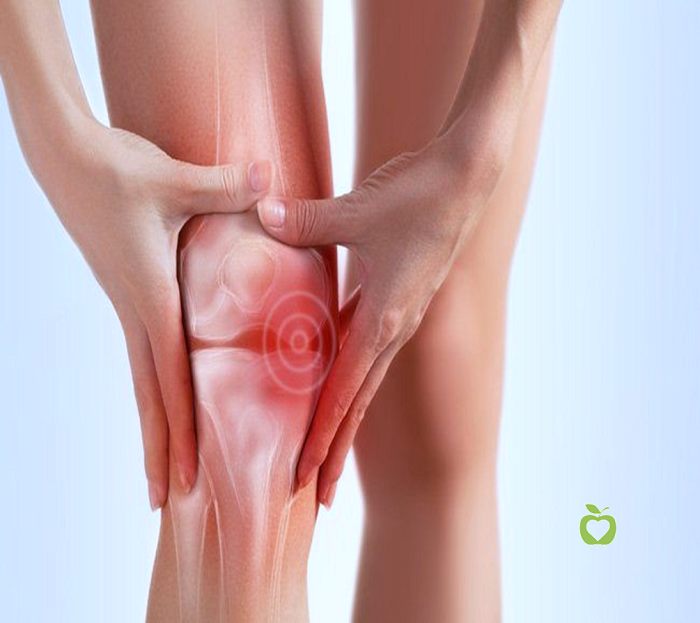Dealing with inner knee pain can be debilitating, affecting your mobility and overall quality of life. Whether it’s caused by an injury or a chronic condition, finding relief is essential for your well-being. In this comprehensive guide, we’ll explore the various common causes of inner knee pain and provide practical tips for effective treatment. Plus, we’ll delve into how Comfort Nutrition Services can complement your treatment plan to ensure optimal health outcomes.
Understanding Inner Knee Pain: Inner knee pain, also known as medial knee pain, occurs on the inside of the knee joint, closest to the opposite knee. The knee joint is a complex structure composed of bones, ligaments, tendons, menisci, and cartilage, making it susceptible to injury and pain.
Common Causes of Inner Knee Pain:
1. Osteoarthritis (OA): A degenerative disease that breaks down cartilage, leading to bone-on-bone contact and inner knee pain, especially during weight-bearing activities.
2. Rheumatoid Arthritis (RA): An autoimmune condition causing joint inflammation, stiffness, and pain throughout the knee joint.
3. Medial Collateral Ligament (MCL) Injury: Overstretching or tearing of the MCL due to external force, resulting in instability and pain on the inner side of the knee.
4. Medial Meniscus Injury: Damage to the cartilage cushioning the knee joint, often caused by twisting or pressure during sports or physical activities.
5. Pes Anserine Bursitis: Inflammation of the bursa between the MCL and hamstring tendons, leading to swelling and discomfort.
6. Medial Plica Irritation: Thickening and irritation of the plica, small folds in the joint lining, due to repetitive knee flexion, resulting in pain and clicking sensations.
7. Other Injuries: Direct trauma to the knee, such as contusions or nerve compression, can cause inner knee pain and discomfort.
Treatment Options for Inner Knee Pain:
1. Home Remedies:
– Rest and avoid activities that exacerbate pain.
– Apply ice packs to reduce swelling and inflammation.
– Elevate the knee and use compression bandages for support.
– Practice gentle stretching and strengthening exercises.
– Consider over-the-counter pain relievers or anti-inflammatory medications.
2. Professional Treatment:
– Consult a healthcare provider for a thorough evaluation and diagnosis.
– Receive corticosteroid injections for severe pain and inflammation.
– Undergo physical therapy to improve mobility and strengthen the knee muscles.
– Explore assistive devices like knee braces for added support during activities.
– Consider surgical interventions for severe cases, including arthroscopy or knee replacement.
3. Exercises for Inner Knee Pain:
– Straight leg lifts to strengthen quadriceps.
– Stationary biking or swimming for low-impact aerobic exercise.
– Hamstring stretches to improve flexibility and reduce strain.
– Consult a physical therapist for personalized exercise recommendations.
FAQs About Inner Knee Pain:
1. Is walking bad for inner knee pain?
– Walking can be beneficial for strengthening knee muscles, but avoid high-impact activities that exacerbate pain.
2. What causes pain in the inner side of the knee?
– Injury or conditions like osteoarthritis or meniscus tears can lead to inner knee pain.
3. Why does my inner knee hurt without swelling?
– Conditions such as OA or plica irritation can cause inner knee pain without noticeable swelling.
Conclusion
Inner knee pain can significantly impact your daily life, but understanding its causes and treatment options empowers you to take control of your health. By implementing home remedies, seeking professional treatment, and engaging in targeted exercises, you can alleviate pain and improve knee function. Remember, Comfort Nutrition Services is here to support your journey to better health through personalized dietary and nutritional guidance. Don’t let knee pain hold you back—take the first step towards relief today.

